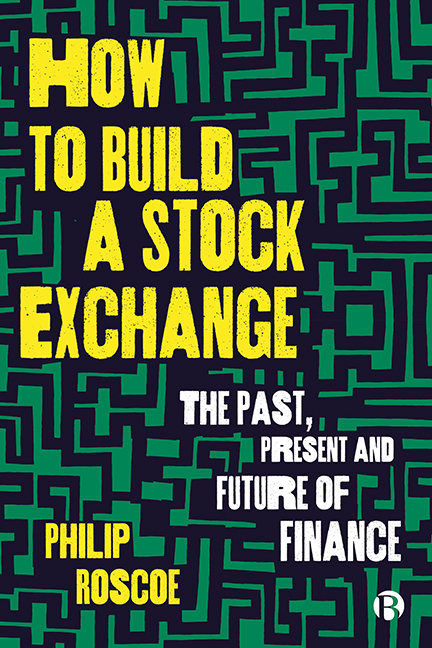Prologue: A Bad Kind of Magic?
Published online by Cambridge University Press: 18 January 2024
Summary
‘The Slave Ship’, or ‘Slavers Throwing Overboard the Dead and Dying, Typhoon Coming On’, is Turner’s great masterpiece. It is a swirling mass of colour and rage, held together by a lowering sun. Red, ochre, orange, the sea smashing from the left, foaming, boiling, the whole picture askance. In the background, a stricken ship, sails furled, ploughs through the spume. In the foreground, horror: a severed black leg, manacle attached, a feast for hideous fishes and circling gulls; hands reaching up; irons somehow floating; the water carmine to match the sunset. It is not easy to look at.
The painting was first exhibited in the Royal Academy in 1840. It evoked the whole brutality of the slave trade, but it referenced one event in particular: the Zong Massacre of 1781, when Luke Collingwood, captain of the slave ship Zong, ordered the drowning of 133 of his captives. Through the efforts of abolitionist Granville Sharp, the massacre came to be emblematic of the horrors of slaving and helped to galvanize the public to the abolitionist cause. Sharp heard of the Zong Massacre from freed slave and campaigner Olaudah Equiano and, recognizing its rhetorical and political possibilities, compiled a weighty dossier that now rests in the archives of the National Maritime Museum. In this way and that, the massacre has been expropriated ever since, as a symbol not of tyranny but of salvation, of the narrative that allows Britain to take credit for abolishing a practice that it had done so much to establish. The ship has been borrowed as well. Turner’s critics complain that his painting makes the viewer complicit in the atrocity for the sake of sensation, while a recreated Zong – the most infamous of all slaving ships, a floating gaol that had dawdled up the coast of Africa for a year before even setting off across the Atlantic – sailed into the Thames for a 2007 celebration of the vote that abolished slavery.
Poet Marlene NourbeSe Philip’s cycle ‘Zong!’ seeks to remember the killings differently. A tone poem of fractured and seemingly random words, it forces the listener to struggle to make sense of a happening that never can be understood.
- Type
- Chapter
- Information
- How to Build a Stock ExchangeThe Past, Present and Future of Finance, pp. 1 - 10Publisher: Bristol University PressPrint publication year: 2023

